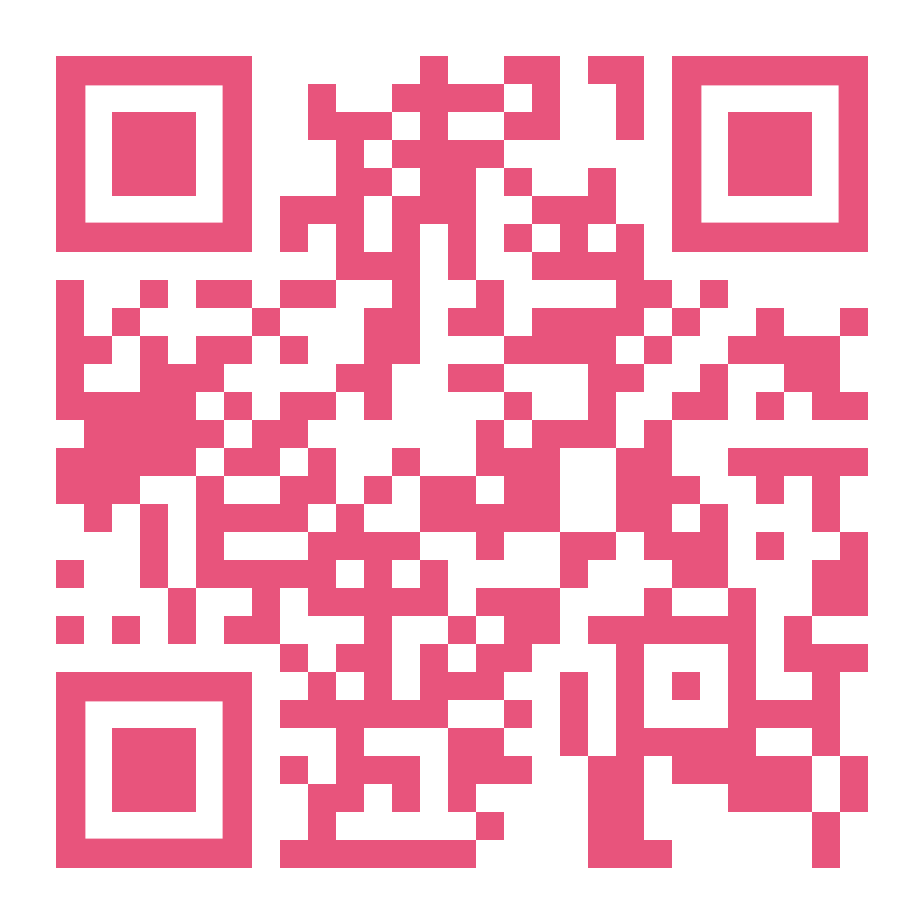Linhas que desenham ideias
Resumo
O ensaio em questão traz imagens que foram criadas durante o processo de desenvolvimento da tese desta autora, feita para compor o jogo eletrônico a partir do doutorado/pesquisa de doutorado (jogo). É o resultado de leituras e exercícios sobre as reflexões de Aby Warburg sobre a sobrevivência das imagens através de sua anacronia e suas inter-relações intuitivas (pathosformeln), fortemente influenciadas por seu projeto Atlas Mnemosine, onde ele coleta diversas e diferentes imagens de várias épocas e as organiza em Atlas. Nelas, Warburg assume-as como elementos que falam de alguns temas (no caso, seus Atlas falavam do Renascimento, tema constante em suas pesquisas). Essa capacidade de "falar sobre" é considerada pelo historiador/teórico semelhante a um texto. Em vez de palavras, imagens; em vez de gramática, estética. Os requisitos para a interpretação dos Atlas devem ser outros, mais profundos, exige mais ousadia e contexto. Assim, entendendo as reflexões de Warburg como um método de leitura e interpretação de imagens e seus contextos, passei a organizar imagens que fotografo do meu dia a dia, ou que encontro com diferentes mídias, e que, intuitivamente, percebi terem uma essência comum: minha região (amazônica). Comecei a redesenhá-los usando uma técnica de hachura, às vezes colocando-os em mapas ou reforçando alguma característica que pudesse remeter a desenhos cartográficos antigos. Estes desenhos são construídos numa inter-relação estético-intuitiva entre si, a partir da Amazônia, em um acervo de imagens improváveis diante do estereótipo floresta-rio, sem o ignorar, sendo apenas um ponto de partida para reflexão sobre uma conversa proposta pelas imagens. Uma imagem urbana pode ser relacionada à floresta? Foi um relacionamento bom ou ruim? Qualquer que seja o relacionamento, seria bom ou ruim para quem? O que temos da floresta para o urbano, e vice-versa? Onde está o conflito e onde está a simbiose? As imagens, ao contrário dos textos, são melhores para instigar perguntas; onde uns podem ver confusão perante a “liberdade de interpretação” que as imagens nos propõem, outros, mais bem equipados (ou simplesmente audaciosos), veem nesta liberdade a oportunidade de construção de um conhecimento profundo, mais ligado ao sentimento (pathos) — não é apenas “leia” algo da imagem, mas “sinta”. O processo de captura, curadoria, desenho e apresentação das imagens carrega um grande número de reflexões para o autor desta obra, e ele espera que outras reflexões possam emergir de quem se depara com tais imagens, permitindo não apenas a livre interpretação das obras individuais, mas, também, a ordem em que se apresentam, explorando, assim, um maior potencial de questionamentos, sentimentos e interpretações.

Copyright (c) 2021 Márcio Lins de Carvalho

This work is licensed under a Creative Commons Attribution 4.0 International License.
